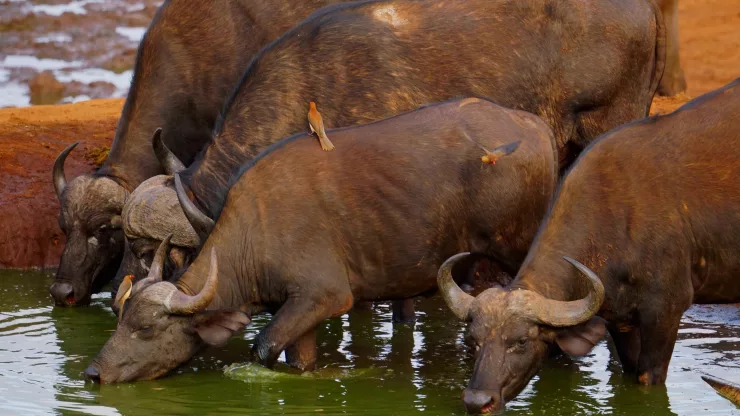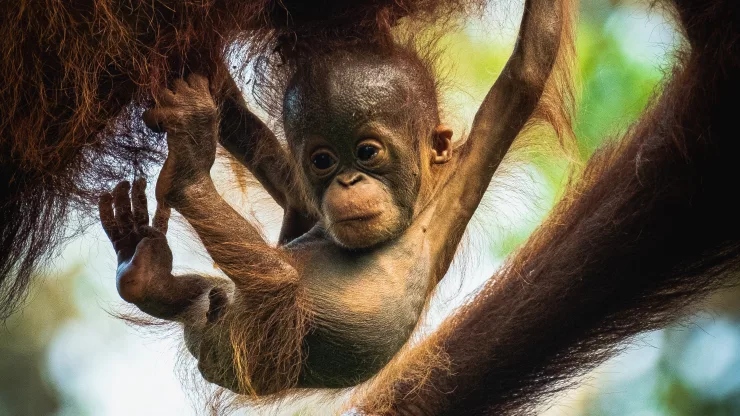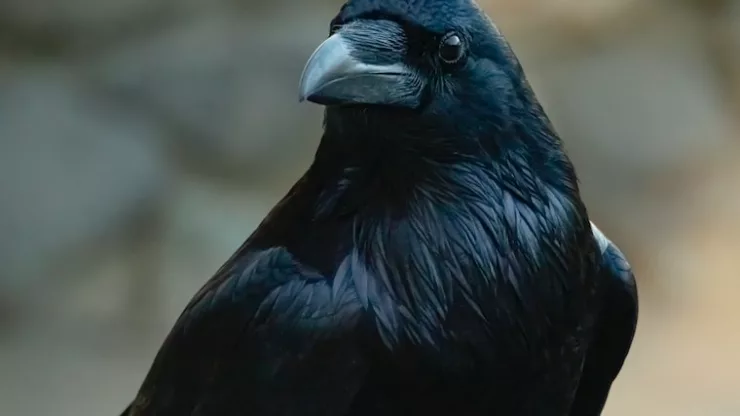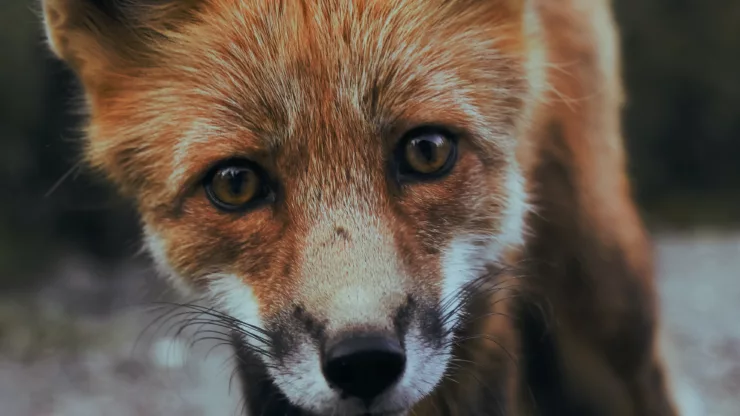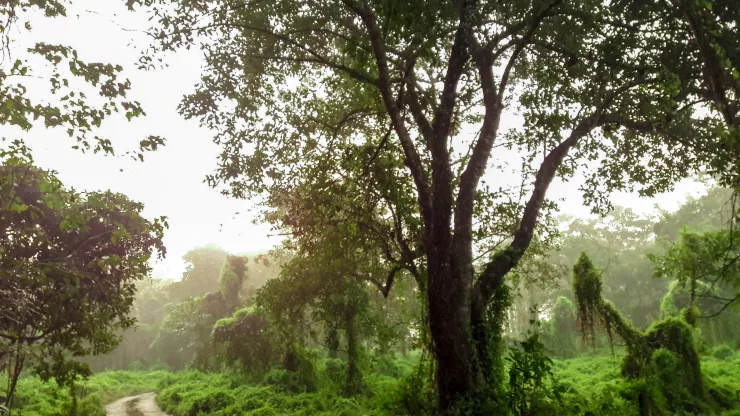India is home to an incredible array of wildlife, from majestic tigers to mischievous monkeys.
While much of the focus on conservation efforts in India has traditionally been on protecting wildlife in national parks and sanctuaries, there is growing recognition of the importance of urban wildlife conservation.
As India’s cities continue to grow and expand, it is essential to ensure that the needs of the country’s animals are taken into account.
In this article, we will explore the success of urban wildlife conservation efforts in India, as well as the challenges and opportunities that lie ahead.
Jump to Section
The Importance of Urban Wildlife Conservation in India
India is home to some of the world’s most biodiverse cities, with a rich variety of plant and animal life.
However, rapid urbanization is placing increasing pressure on these ecosystems, threatening the survival of many species. Urbanization can lead to the loss and fragmentation of natural habitats, as well as increased pollution and human-wildlife conflict.
It is therefore essential to prioritize the conservation of urban wildlife in India.
Protecting urban wildlife is not only important for the survival of individual species, but also for the health and well-being of humans.
Wildlife can help to control pests, pollinate plants, and provide other ecosystem services that are essential for human society.
Moreover, the presence of wildlife in cities can provide a sense of wonder and connection to nature that is increasingly rare in our modern world.
Measuring the Impact of Conservation Efforts in Cities
Measuring the success of urban wildlife conservation efforts can be challenging, as it is often difficult to track changes in animal populations over time.
However, there are several indicators that can be used to assess the impact of conservation efforts.
These include:
- The presence of key indicator species: If populations of key species, such as birds or butterflies, are increasing in a particular area, it may indicate that conservation efforts are having a positive impact.
- Reductions in human-wildlife conflict: If there are fewer reports of wildlife causing problems for humans, such as raiding crops or attacking livestock, it may indicate that conservation efforts are helping to reduce conflict.
- Community engagement: If local communities are becoming more engaged in conservation efforts, it may indicate that conservation programs are having a positive impact on attitudes towards wildlife.
Success Stories: Celebrating Urban Wildlife Conservation Wins
Despite the challenges of urban wildlife conservation, there have been many success stories in India in recent years. Some notable examples include:
- The revival of the House Sparrow population in Bengaluru: In 2018, the Bengaluru Sparrow Initiative was launched to try and boost the declining population of House Sparrows in the city. Through a range of measures, including providing nesting boxes and promoting awareness among local residents, the initiative has seen a significant increase in the number of sparrows in the city.
- The protection of the Indian flapshell turtle in Delhi: The Indian flapshell turtle is a threatened species that is often poached for its meat and eggs. In 2017, the Delhi government launched a program to protect the species, which included setting up a rescue center for confiscated turtles and increasing awareness among local communities. Since the program was launched, there has been a significant reduction in the number of turtles being poached.
- The conservation of the Nilgai in Ahmedabad: The Nilgai, or blue bull, is a large antelope that is common in India but often comes into conflict with humans. In Ahmedabad, the municipal corporation has implemented a range of measures to reduce human-Nilgai conflict, including constructing barriers and planting specific types of vegetation to deter the animals. As a result, there has been a significant reduction in the number of complaints about Nilgai in the city.
Challenges and Opportunities for Future Conservation Efforts
While there have been many successes in urban wildlife conservation in India, there are still many challenges to be overcome. Some of the key challenges include:
- Lack of awareness and understanding among the public: Many people in India are not aware of the importance of urban wildlife conservation, or may even view wildlife as a nuisance. Increasing awareness and understanding among the public is therefore essential.
- Limited resources: Conservation efforts often require significant resources, both in terms of funding and personnel. In many cases, there may be limited resources available to support conservation efforts.
- Conflicts with development: As India’s cities continue to expand, there may be increasing pressure to prioritize development over conservation efforts.
Despite these challenges, there are also many opportunities for future conservation efforts. These include:
- Collaboration between different sectors: Urban wildlife conservation requires collaboration between government agencies, NGOs, and local communities. By working together, these groups can share resources and expertise to achieve common goals.
- Innovative approaches: There are many innovative approaches to urban wildlife conservation that are being explored in India, such as using technology to monitor animal populations or creating green corridors to connect fragmented habitats.
- Education and awareness: Increasing awareness and understanding among the public is essential for the long-term success of urban wildlife conservation efforts. By educating people about the importance of wildlife and the role they can play in conservation efforts, we can help to build a more sustainable future for both people and animals.
FAQ
What are some of the most common urban wildlife species in India?
Some of the most common urban wildlife species in India include monkeys, birds (such as crows and pigeons), snakes, and rodents.
How can individuals get involved in urban wildlife conservation efforts?
There are many ways that individuals can get involved in urban wildlife conservation efforts, such as volunteering with local conservation organizations, participating in citizen science projects, or simply spreading awareness among friends and family.
I’m a nature enthusiast and creator of Metro Wilds and have spent years exploring the great outdoors.
With a passion for environmental conservation and sustainability, I have dedicated my career to writing about the beauty and wonders of nature, as well as the threats facing our planet.
Contact me at [email protected] for assistance.

